THE SOLID OVAL OBJECT UNDER THE BEARD IN
THE NECK AREA UNDER THE BEARD
In September of 2005 we produced the first Hologram of the face and during the studies of this hologram in March of 2006, it occurred to me that under the beard in the neck area, there was a 3D relief that was oval-shaped of about 10 x 4.5 cm (4” x 2”). It looked like a flat oval solid object with a relief on the flat side visible to the viewer. (See figure 1).
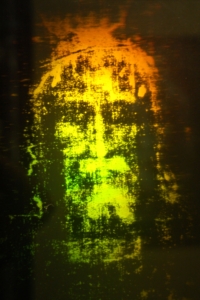
Figure 1. Hologram showing solid object under beard
As I knew the story of Father Filas, who researched the images of the coins on top of the eyelids, and all the problems that were created by his opponents when he did this research, I decided to be very careful and go step by step to solve this. I set up a research protocol in which I first gathered all the photographs I could find from the 3D investigations that had been done in the past, reasoning that they should ALL show a vertical relief in the neck-area. Secondly, I gathered as many photographs of the face, including the neck area, that I could find, because the shape of this solid object should also be visible on ALL the photographs. High on my list was also an investigation with the VP-8 Image Analyzer, so we could prove scientifically that the solid object was there indeed.
Let us go step by step:
1) In 1976 Captains John P. Jackson (physicist) and Eric Jumper of the United States Air Force Academy. revealed with the VP-8 Image Analyzer, that a photograph of the Shroud image (face and body) was spatially encoded, i.e., it possessed depth-information, which means an exact mathematical relationship between the cloth-to-body distance. Lots of images exist of these investigations (For example the figures 2 and 3).
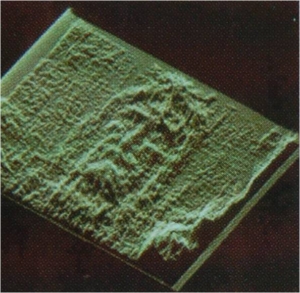
Figure 2 |
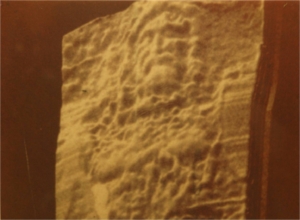
Figure 3 |
VP8 Image Analyzer with vertical relief under beard
Also in the seventies, Prof. Giovanni Tamburelli of the University of Turin did quite some computer-3D research on the Shroud image and we also received images of these investigations (See figure 4).
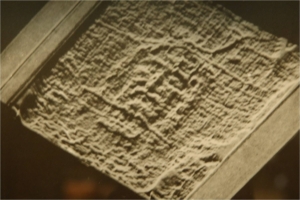
Figure 4. Prof. G. Tamburelli 3D with vertical relief under beard
We also looked at the work of Aldo Guerreschi and Alan Whanger, who created pseudo-3D images with an overlay-technique. (figure 5).
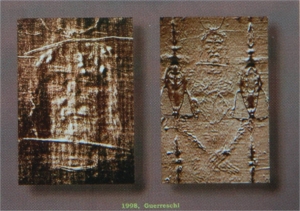
Figure 5. Guerreschi pseudo-relief with vertical relief under beard
Other images we used were, the bronze bas-relief that is exhibited in the Museo della Sindone in Turin, to facilitate blind people to get an idea of what the Shroud-image is like (Figure 6).
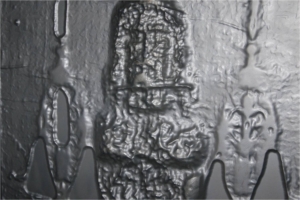
Figure 6. Museo della Sindone vertical relief under beard in bronce bas-relief
I asked Bernardo Galmarini in Argentina to do a special 2D to 3D conversion of the neck area and that result we can see in figure 7. To see the 3D in this anaglyph photograph you will have to use 3D glasses (red in front of the left eye).
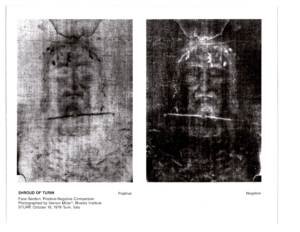
Figure 7. Galmarini outline solid object under beard
The result of all these investigations was, that INDEED ON ALL THESE IMAGES A VERTICAL RELIEF WAS VISIBLE, UNDER THE BEARD IN THE NECK AREA.
This proved that on the body there was placed in the neck region a solid oval object (that also shows a relief on the front side).
2) The next step was the photographs. We used photographs of the 1978 STURP investigations, made by the Chief Technical Photographer Vernon Miller (See figure 8) and the Technical Photographer Barrie Schwortz ( ©1978-2010 Barrie M. Schwortz Collection, STERA Inc), (See figures 9 and 10).

Figure 8. Photo Vernon Miller solid object
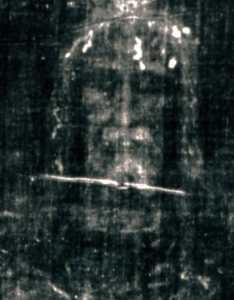
Figure 9 |
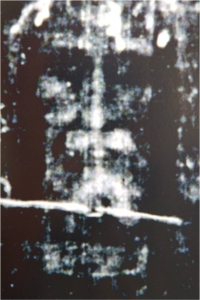
Figure 10 |
In the building that houses the Museo della Sindone in Turin is a room where there is a collection of photographs representing the whole official history of the photography of the Shroud (in TURIN), and Bruno Barberis and Nello Balossino gave me permission to make photographs there. (See figures 11, 12 and 13). On purpose I chose color photographs that do not have much contrast (grayscale) and even there you can see vaguely the shape of the solid object.
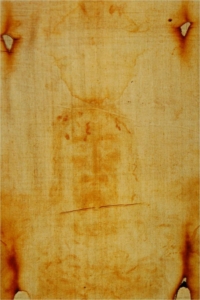
Figure 11 |
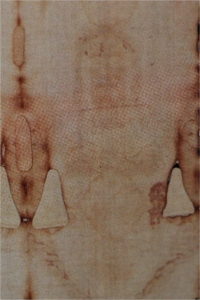
Figure 12 |
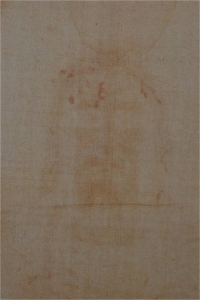
Figure 13
Color photographs Museo della Sindone vague outline solid object
The series of photographs 14 till 17 show the details of the neck area in the different photographs, with the shape visible and having a double line on the bottom.
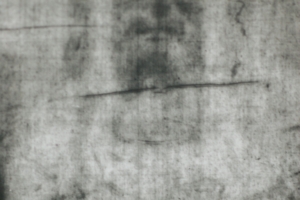
Figure 14 |
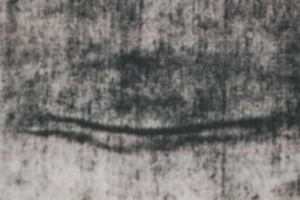
Figure 15 |
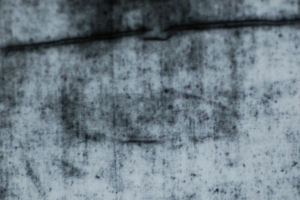
Figure 16 |
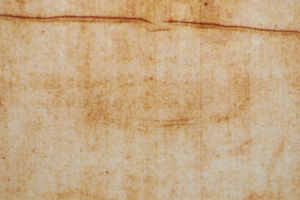
Figure 17 |
Details in neck area with outline of solid object visible
Photograph K shows a photograph in color made by Mario Azevedo showing again the object and photograph J was taken in Jerusalem in a Jewish establishment and shows at the bottom an example of the solid oval object with on the surface in relief three Hebrew letters (see next chapter, THE LETTERS). In Jewish tradition these objects with this shape, were, and are known and used.
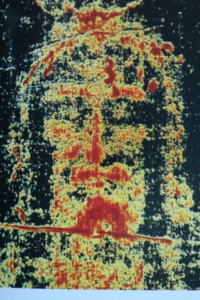
Photograph K. Mario Azevedo outline solid object
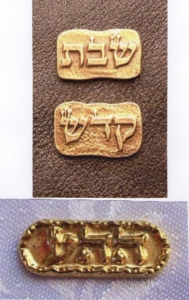 Photograph J. Solid Oval object (Jerusalem) with on surface in relief three Hebrew letters (bottom)
Photograph J. Solid Oval object (Jerusalem) with on surface in relief three Hebrew letters (bottom)
Photograph 18 finally shows on a sculpture how we think that the solid object was placed in the neck area (in the tomb). ALL THE RESEARCHED PHOTOGRAPHS SHOW THE OUTLINE OF AN OVAL OBJECT UNDER THE BEARD IN THE NECK AREA.
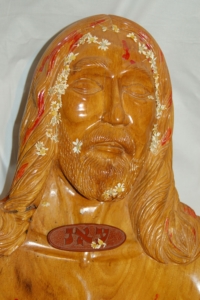
Figure 18. Sculpture with probable placement of solid oval object
3) In June of 2010, PETE SCHUMACHER fulfilled a promise he had made to me, during a visit in Alamogordo in New Mexico, where Pete runs a Shroud Center. I gave two presentations in the Center for a group of very enthusiastic Pete-volunteers in English and also for a Spanish speaking audience about the “Holographic Experience of the Shroud”, and Pete promised me to do an investigation of the neck area with the functioning VP-8 Image Analyzer that he has in the Center, combined with a beautiful life-size facsimil of the Shroud in color (made by Barrie Schwortz) to show people the principles and workings of the VP-8 Analyzer.
RESUME : When in June 2010 PETE SCHUMACHER did the research in the neck area of the Shroud image, he PROVED SCIENTIFICALLY, that in this area there is indeed the shape (which means the presence) of “THE SOLID OVAL OBJECT” and the corresponding 3D relief on the surface.
He wrote an article about his research (6.3.2) and you can read that in the following chapter under the title:
REGION OF INTEREST STUDY USING THE VP-8 IMAGE ANALYZER:
ISOMETRIC PROJECTION (3D) AND LEVEL SLICING FUNCTIONS
FOR DR. PETRUS SOONS
BY DEACON Pete Schumacher
2010 ALL RIGHTS RESERVED, SCHUMACHER AND SOONS
HE WAS ABLE TO CONFIRM THE PRESENCE OF THE IMAGE OUTLINE OF AN OBJECT WITHIN THE REGION OF INTEREST.
REGION OF INTEREST STUDY USING THE VP8 IMAGE ANALYZER:
ISOMETRIC PROJECTION (3D) AND LEVEL SLICING FUNCTIONS
FOR DR. PETRUS SOONS
BY DEACON Pete Schumacher
@ 2010 ALL RIGHTS RESERVED, SCHUMACHER AND SOONS
The VP8 Image Analyzer performs two major, separate functions. One function is to make XYZ plots of image brightness on an oscilloscope-like monitor. The other function is to present false-color representations of selected brightness ranges (spans of brightness) on a color video monitor.
The XYZ plot of image brightness, referred to as an “Isometric Display” shows a relief map of image brightness variations. Normally, brightness has nothing to do with height or depth. The VP8 plots are simply graphic representations of changes in image brightness over an entire image. The image is viewed through a video camera. The camera is connected to the input of the VP8. The VP8 is an analog computer. The processor creates the display in real time. The process is “hard wired” so the VP8 can only “perform” the process. It cannot alter the image, edit portions of the image, or “recall, store, or remember” the image, and it cannot store the display or the results of the VP8 process.
It is important to note that the VP8 display of 3D in reference to the Shroud of Turin image is not “perfect” in that there are distortions caused by the weave of the cloth, by water stains and other stains on the Shroud, and by some of the other unique characteristics of the Shroud image, including its X-ray like properties.
The Level Slice process is used to create color-assigned references to selectable ranges in brightness within an image. There are eight adjustable brightness level range settings. A color is assigned to each range, or “band of brightness”. While viewing the image being processed, each color band is adjusted to highlight areas of the image, or objects within the image which have a common brightness. This is a very simple, basic means for classification of objects within images. Accuracy of object classification relies heavily on the image quality and type, and the characteristic brightness and contrast of objects imaged. For example: A range of brightness can be selected to include objects brighter than 250 but darker than 391, on a scale of 000 to 1500, wherein 000 is the darkest possible brightness (black) within the image and 1500 is the brightest possible brightness (white) within the image.
All objects or image areas falling in the range of 250 to 391 could be selected for display in the color green. All other display of brightness bands could either be turned “off” completely (black or grey or white, but not of any color), or “on” at some intensity of display color, for the color assigned to each other band. Thus, a range in brightness of 250 to 391 within an image of a farming area might represent the wheat crops, as opposed to other crops within the area imaged. When considering the Shroud of Turin image, the level slices might represent different features on the Shroud, such as blood stains, burn marks, scourge marks, or such features as may exist on the Shroud.
Of particular interest to Dr. Soons, is the area just below the chin area in the frontal image. Using brightness mapping, it is apparent that there is some basic shift in brightness across the image in this area of the Shroud. Further analysis suggests there might be some type of object at that location on the Shroud. Level slicing suggests there is an object at this location on the Shroud image too. With the Level Slice function the detail of this area can be examined more closely in terms of “inclusion” or “exclusion” from the various brightness groupings and colors assigned to them.
This basic classification of the image in this area of the Shroud produces results suggesting there is some object, or objects, at the location of interest (region of interest, ROI) defined by Dr. Soons. Level Slice studies further suggest the probability of some detailed patterns within the object within the ROI. Further analysis of the spectral characteristics over the ROI could yield further classification and grouping of patterns for “inclusion” or “exclusion” from these basic classifications, and should be performed before making conclusions concerning any potential objects or pattern details within the ROI. The VP8 is not capable of performing color-based-analysis of an image, short of using monochrome spectral filters in conjunction with the camera to isolate different color spectra.
While some tests were performed using broadband primary color filters, no significant variation in Level Slicing was noticed. Tests should be performed using very narrow band spectral filters, or other means of isolating spectral values within the ROI in order to sharpen the classification of the analysis.
CONCLUSIONS:
Using minimal classification image processing techniques involving isometric projection and Level Slicing functions of the VP8 Image Analyzer we were able to assess the region of interest ROI defined by Dr. Soons. It is apparent that some object, having some pattern detail within that object, resides within the defined ROI.
See the photos D, E, F and G: these are 4 photos from a complete series with results from the Level Slicing function, showing clearly the outline of a solid object under the beard in the neck area.
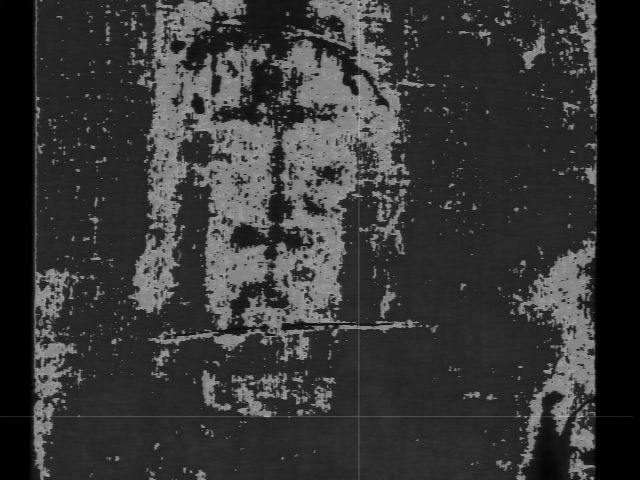
Photo D |
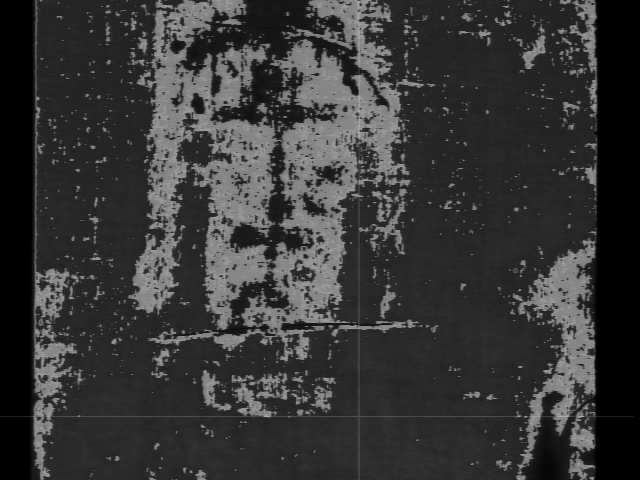
Photo E |
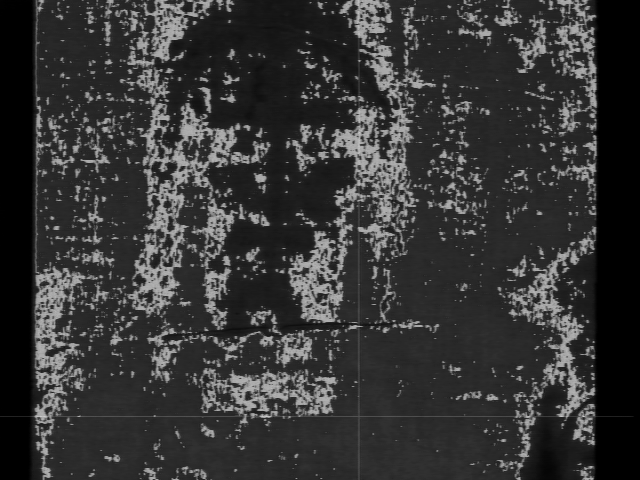
Photo F |
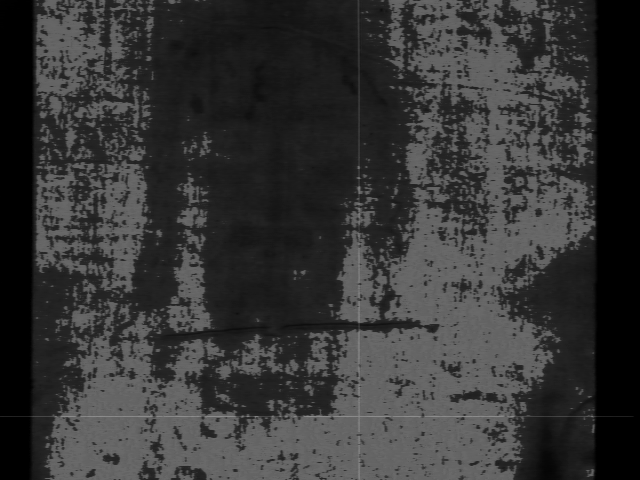
Photo G |
4 photos from a series with results from Level Slicing function, and that clearly show the outline of some solid object with relief on the surface
Tests were performed over a period of seven days, using a backlit, full-size color transparency (Barrie Schwortz @ 1978). Tests were performed at the Shroud Exhibit And Museum, Inc, facilities in Alamogordo, New Mexico. Ambient lighting was tightly controlled, and uniform illumination of the scene was verified prior to the analysis and following the analysis. A Cohu Electronics Division camera model 4910 series CCD monochrome instrumentation camera setup for photometric analysis was used. The camera field flatness and uniform response to brightness were verified before and after the study. The VP8 Image Analyzer was used to perform these camera property verifications.
Photo 2: shows the fascimil of the Shroud (Barrie Schwortz) used for the research
Photo 10: Pete Schumacher working with VP8 Image Analyzer
Photo 11: Set-up for the research with controlled lighting
Photo 12: Schumacher in front of fascimil with research set-up
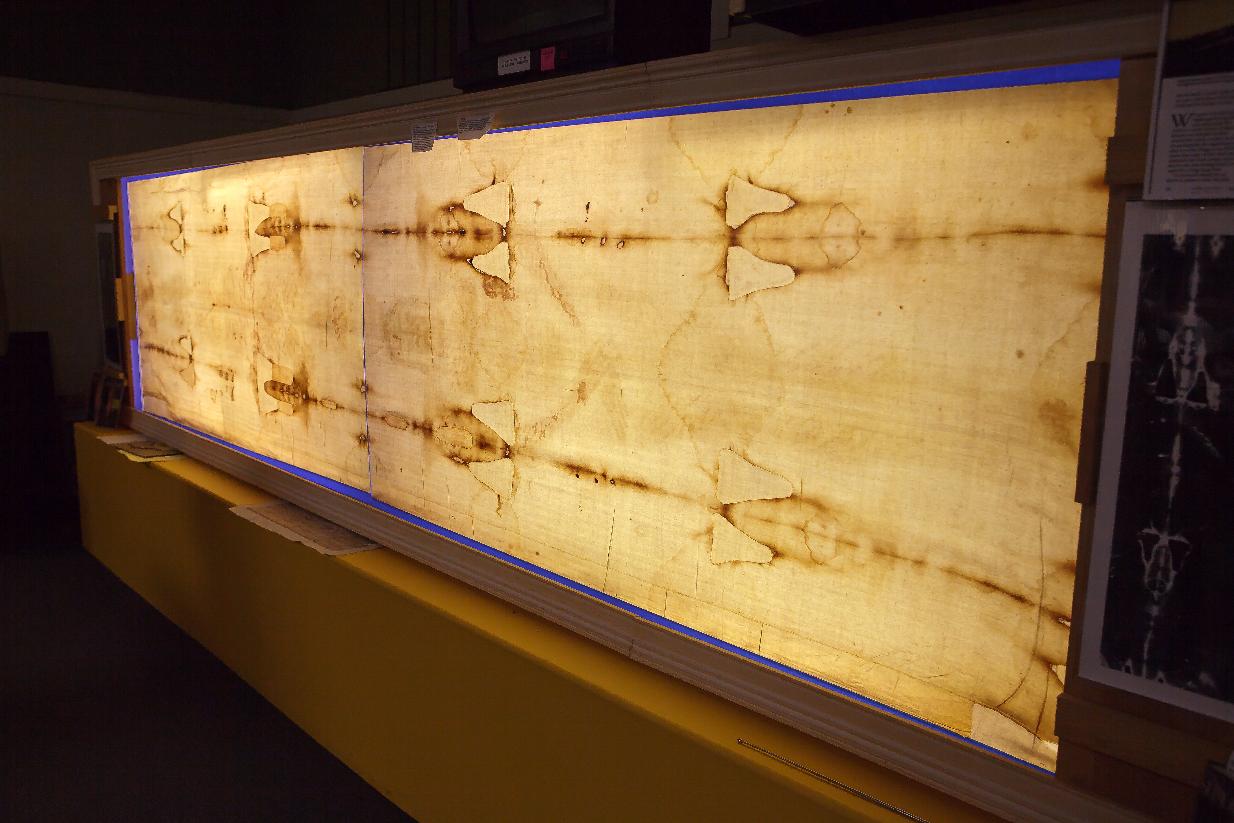
Photo 2 |
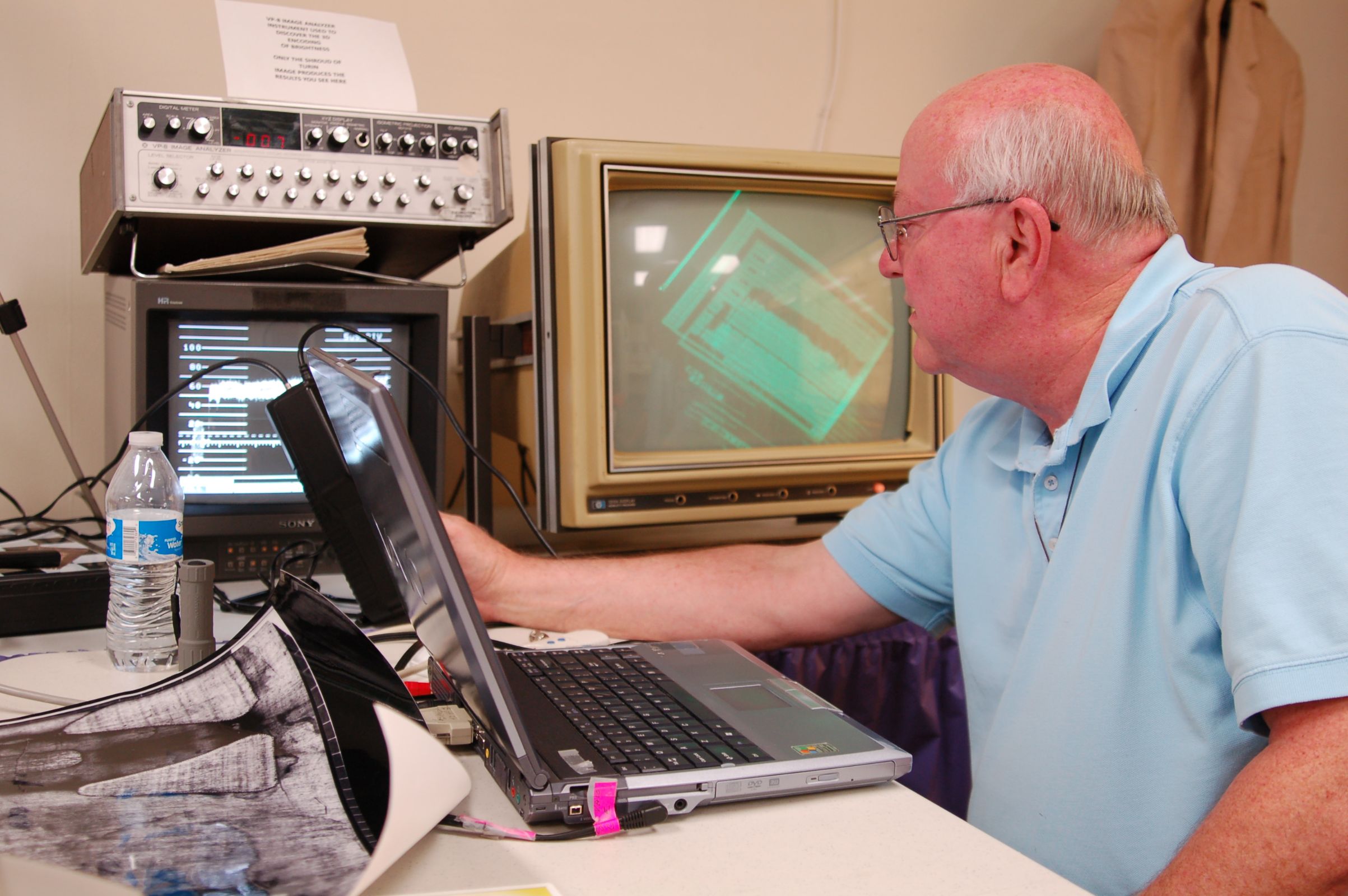
Photo 10 |
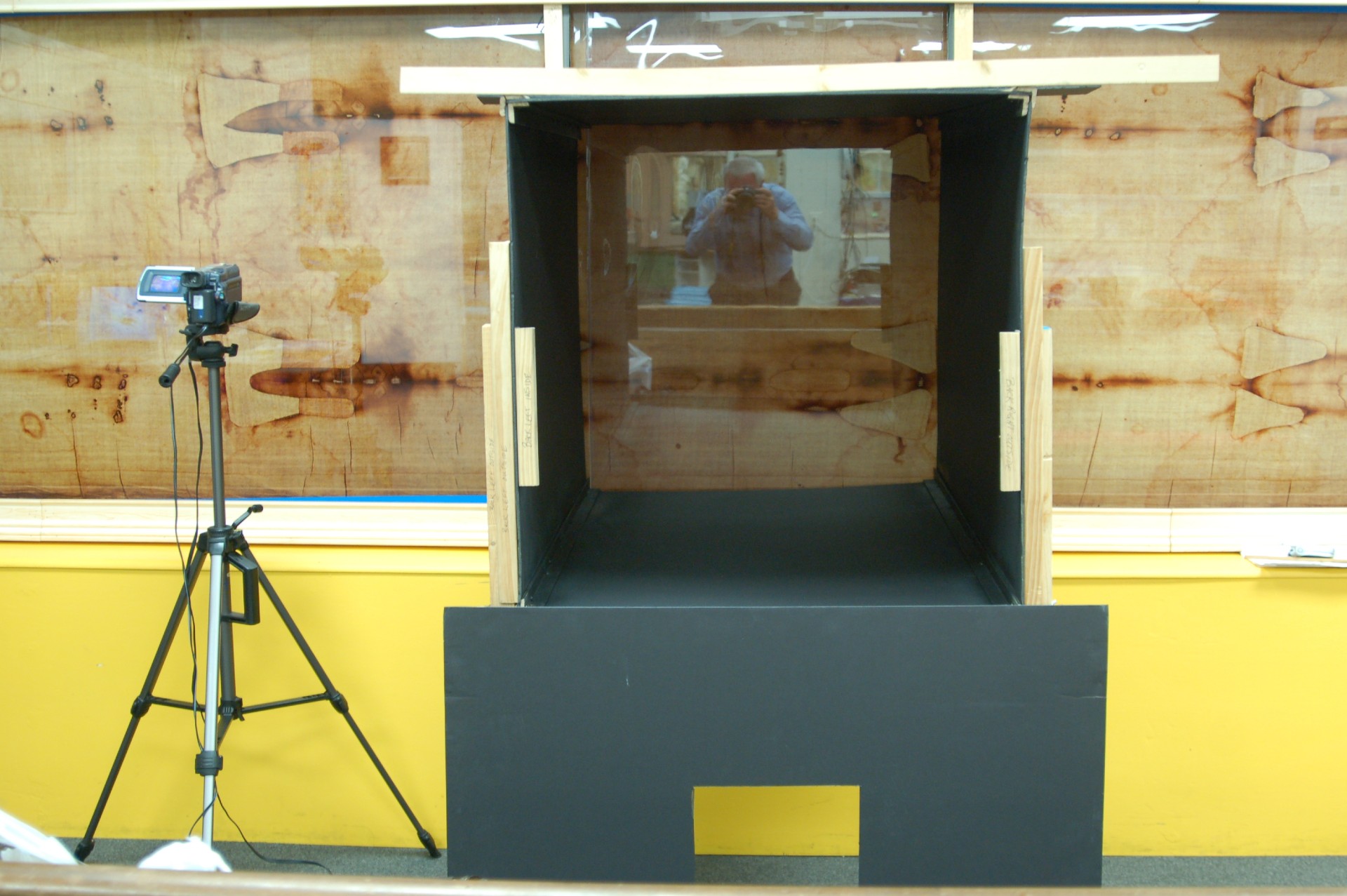
Photo 11 |
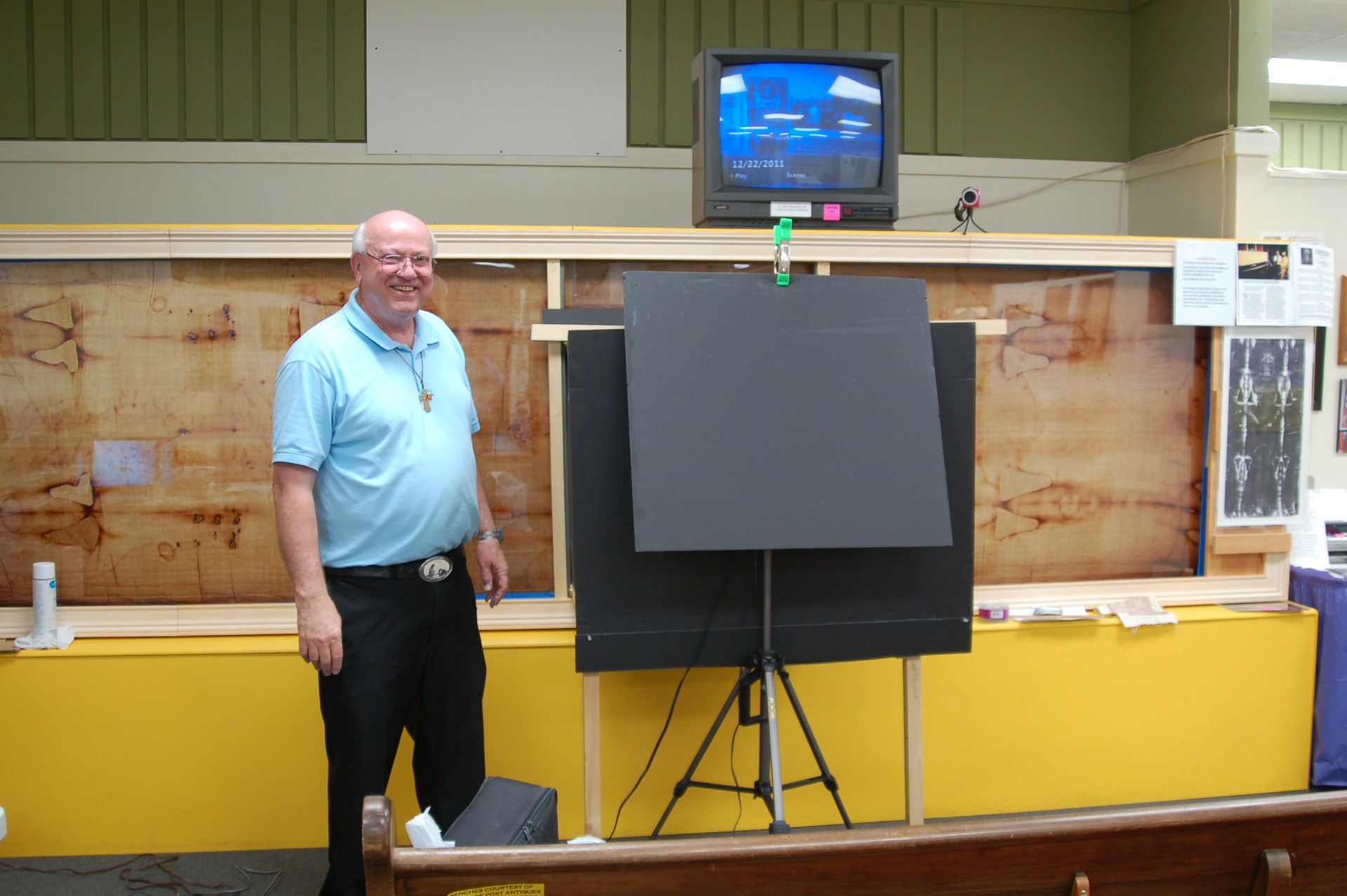
Photo 12 |
Schumacher could not define or recognize the object located within the ROI and he could not identify the object or any of the patterning within the object either as viewed directly or as enhanced through the processes of the VP8 Image Analyzer employed.
He was, however, able to confirm the presence of the image outline of an object within the ROI.
Following are two DVD’s with the results of the research:
1) 6.3.3. called; PETE SEAM VP8 Color Slice for Petrus
ROI SOLID OBJECT
Shows image in the VP8 Image Analyzer with under the beard a well visible outline of the Solid Object.
6.3.3 PETE SEAM VP8 Color Slice for Petrus ROI SOLID OBJECT
2) 6.3.4. called: PETE DVD VP8 SEAM 3D SOLID OBJECT rotation June 2010 VP8
This DVD shows the Level Slicing functions of the research. The face is on the left side in a horizontal position and the solid object in the middle of the screen, clearly visible.
6.3.4 PETE DVD VP8 SEAM 3D SOLID OBJECT rotation june 2010 VP 8
